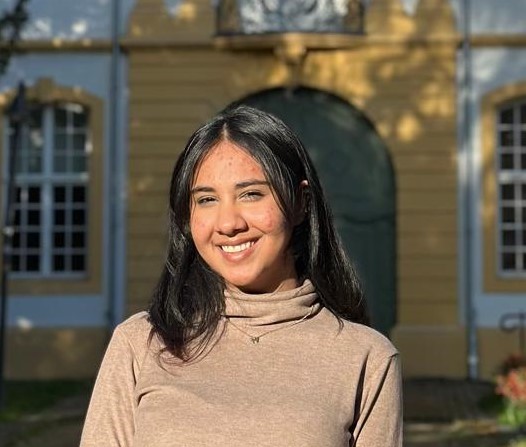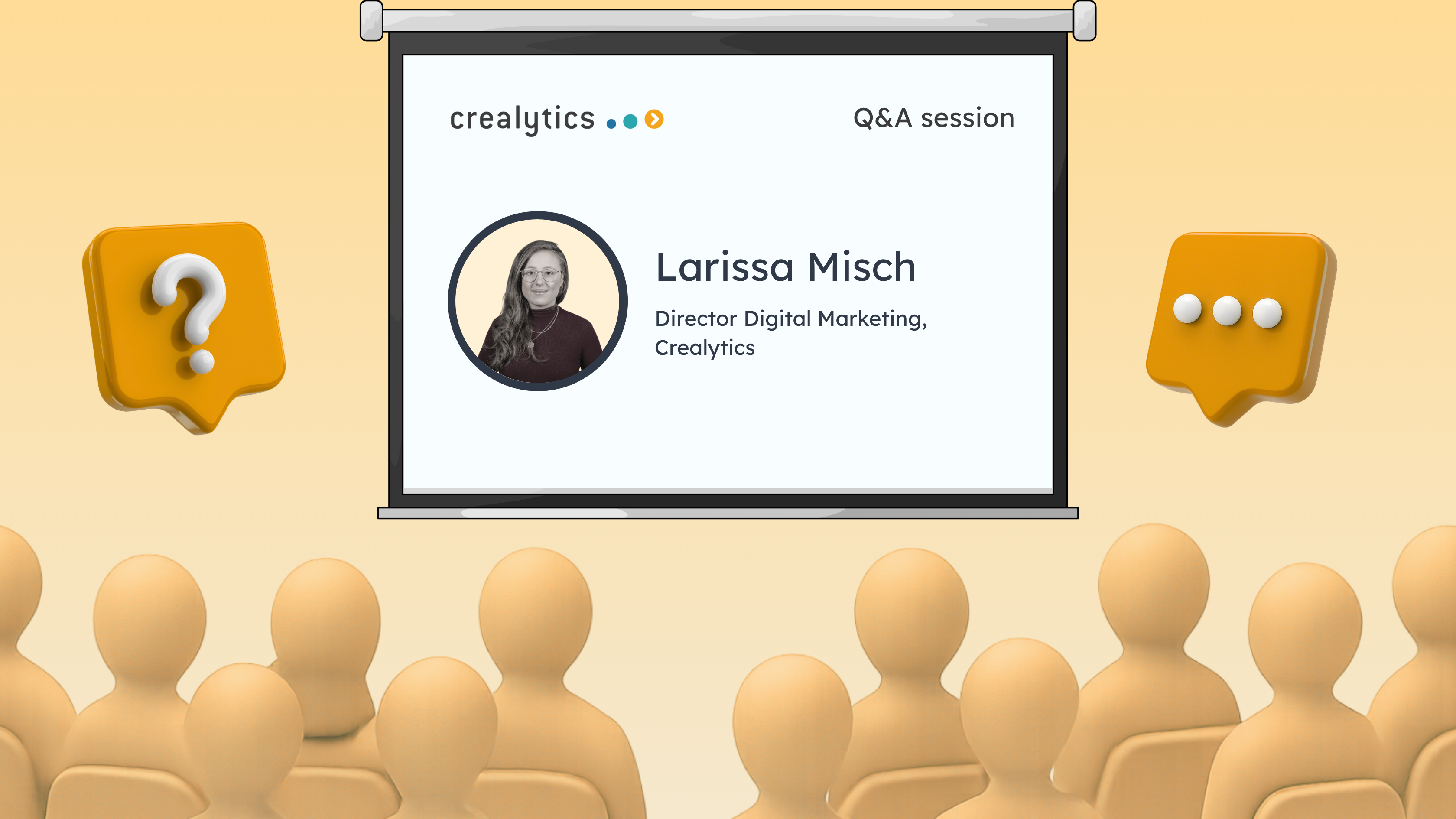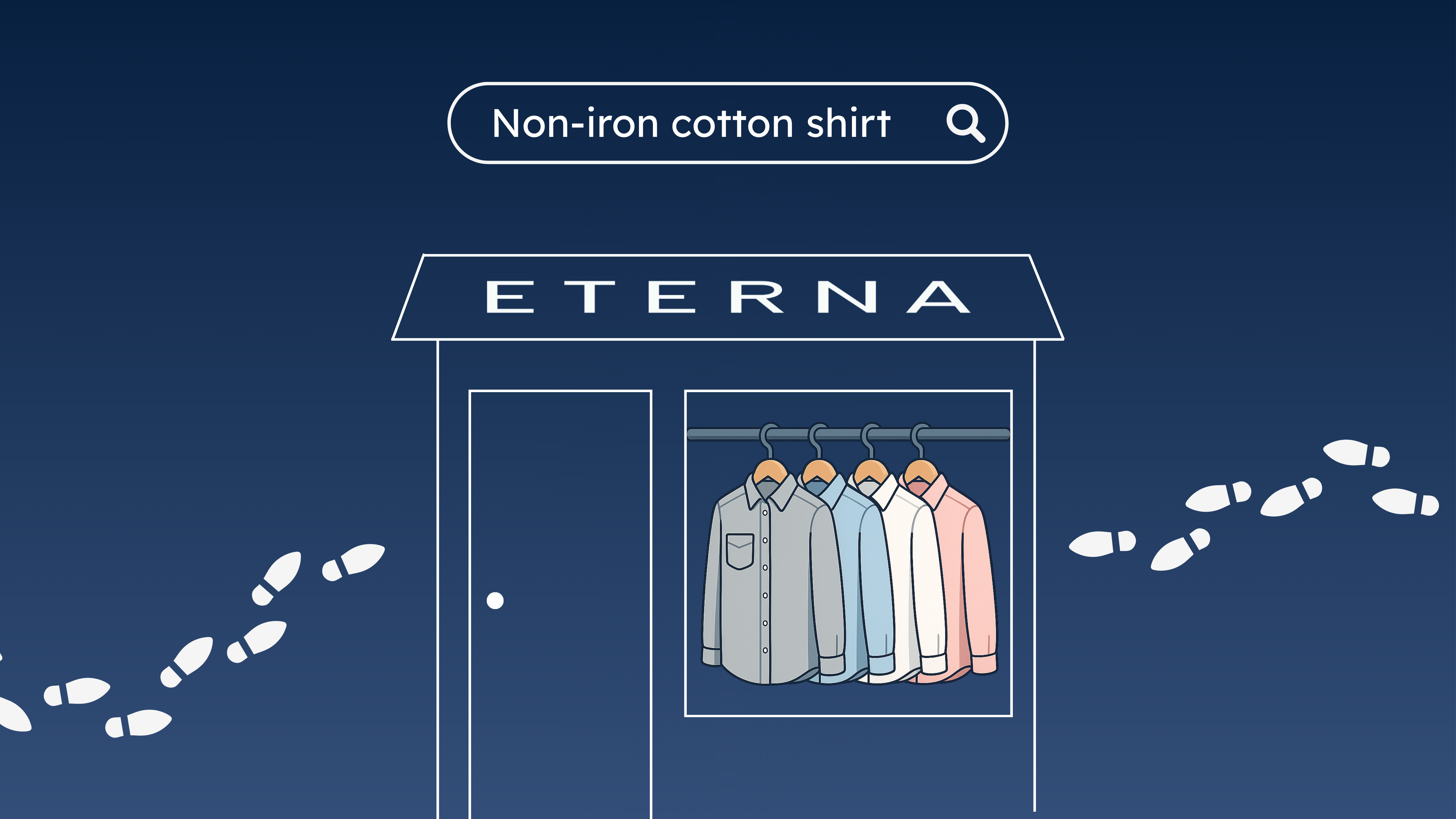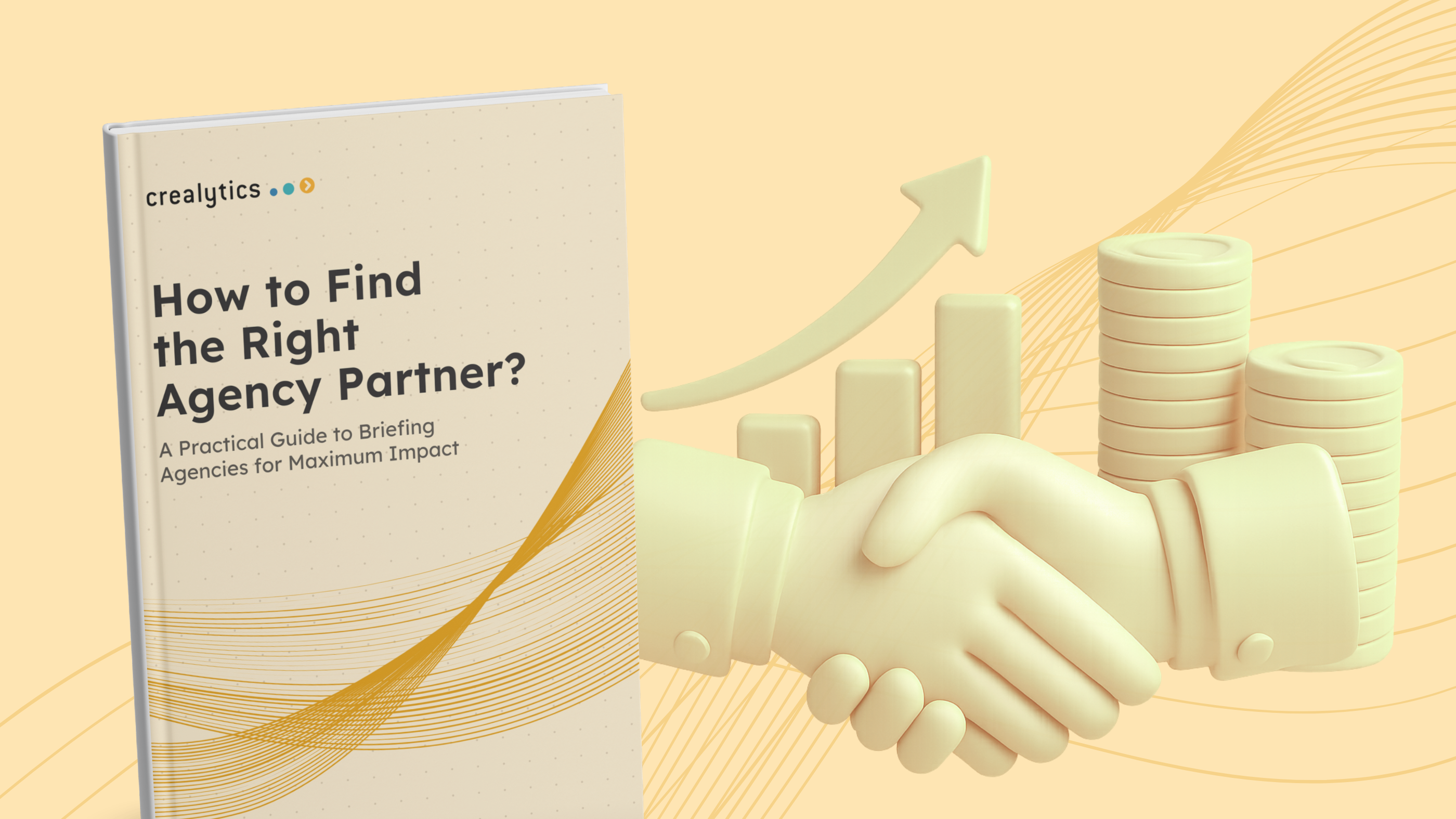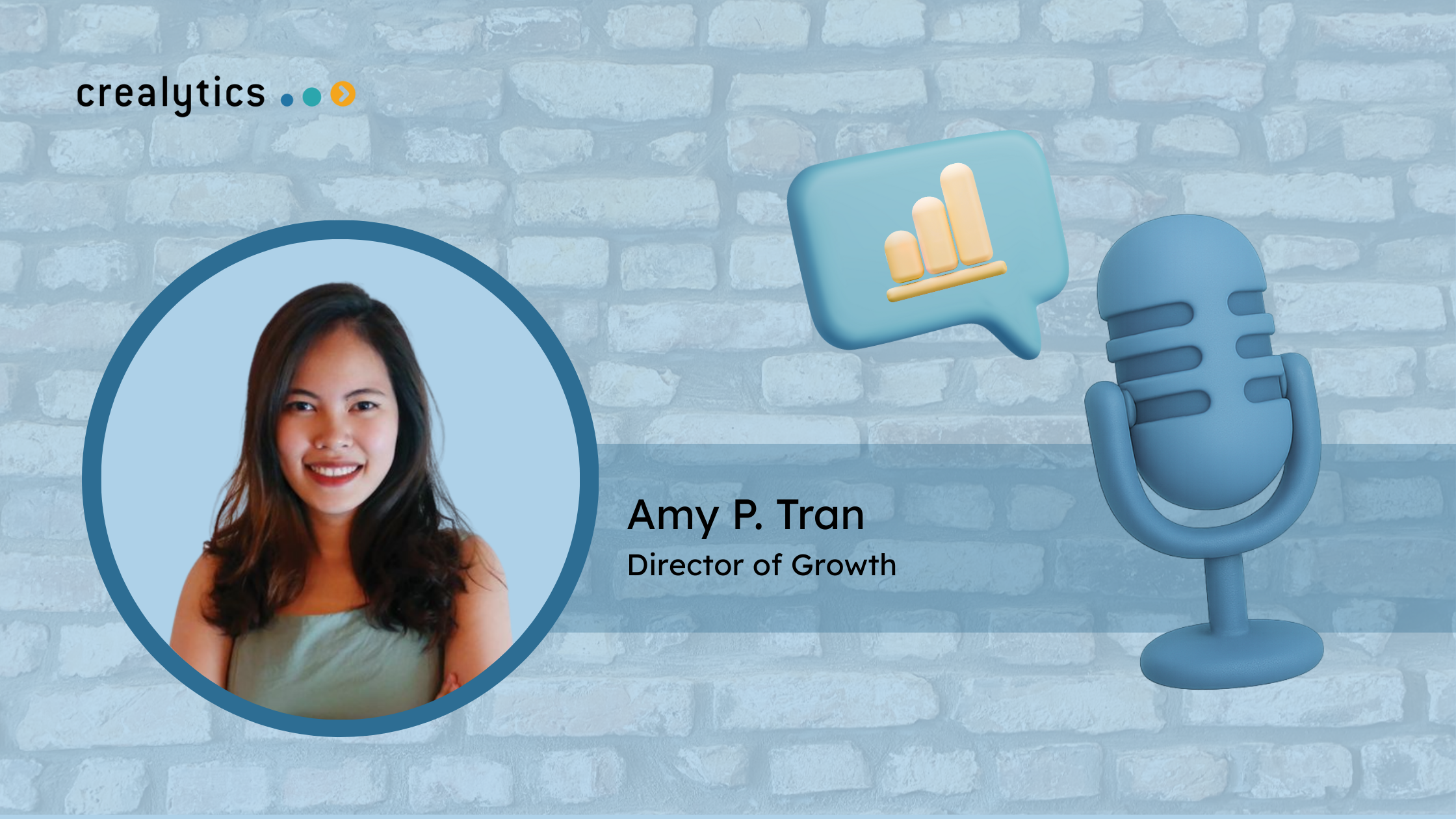How Influencers Are Shaping Holiday Shopping Trends in 2025 and Beyond

Holiday shopping in 2025 has become a marathon, not a sprint. Shoppers start exploring gift ideas in October (often inspired by creators) and keep purchasing right up until Christmas week. Across this entire journey, influencers have become the new starting point for discovery and the final push for conversion.
Forbes reports that the global influencer marketing industry reached $21.1 billion in 2023 and nearly 90% of marketers plan to maintain or increase their investment. Authenticity is the main driver. Capgemini’s 2024 global survey of 12,000 consumers show that 63% of consumers say they’re more likely to purchase from influencers who show real-world expertise and Gen Z responds strongly to content that feels genuine and socially conscious.
This evolution means influencers are no longer just shaping awareness; they’re driving discovery and measurable conversions. For marketers, aligning influencer activity with paid search and social has become essential to capture demand throughout the entire funnel.
The New Holiday Shopping Timeline: From Inspiration to Purchase
The old “Black Friday to Christmas” playbook doesn’t hold anymore. WARC notes that 43% of global shoppers start their holiday shopping in October, yet 52% still make their final purchases on Christmas Eve. The season has stretched - and with it, the role of influencers.
Influencers now guide this extended funnel:
Early phase (October–November): Gift guides, hauls, and wishlists spark discovery and shape early intent. This is when creators inspire planning and build anticipation for key sales moments.
Peak phase (December): Limited time offers, shipping reminders, and “last-minute gift” content drive urgency. Influencers help audiences make quick, confident purchase decisions when time is tight.
For brands, this means influencer campaigns need to span the full journey: capturing early planners, converting last-minute buyers, and keeping creative relevant throughout the season.
Why Influencers Are the New Holiday Search Engine
Search behaviour has changed dramatically. Shoppers, especially younger ones, don’t start their hunt for holiday gifts on Google anymore. They open TikTok, Instagram, or YouTube to discover what’s trending. As the New York Times noted, nearly 40% of young people now turn to TikTok or Instagram instead of Google Maps or Search when looking for something as simple as a place for lunch. The same behaviour applies to products and gift ideas.
Influencers have effectively become the new “search results.” A TikTok titled “Top 10 gifts under $30” or an Instagram Reel showing “what to buy for your hard-to-shop-for friend” can reach audiences at the exact moment of discovery. Their content feels more relevant, personal, and trustworthy than traditional ads or static search results.
This shift changes the entire funnel. Social is no longer just an awareness driver - it’s where product discovery begins. Integrating influencer activity with paid search and social ensures brands are visible not only when shoppers look for products, but when they’re inspired to want them.
Relevant video: What are common pitfalls retailers and brands should avoid in peak season of retail?
Turning Influence Into Conversions: How Influencer Marketing Can Drive Sales in Peak Season
Influencer marketing has evolved from brand storytelling to measurable performance. The line between inspiration and transaction has nearly disappeared.
· Shoppable video and in-app checkout on platforms like TikTok Shop and Instagram Checkout now allow users to buy directly from creator content - removing friction and cutting the path to purchase to a single tap.
· Whitelisting and paid amplification have also changed the game. Brands can now boost influencer posts to broader audiences, combining the authenticity of creator content with the precision targeting of paid social.
· Meanwhile, affiliate programs and retail media integrations link influencer engagement to real sales. Every click, add-to-cart, and purchase can now be traced back to a creator’s impact.
In 2025, influencer marketing has evolved into a key performance driver within the media mix. Creators don’t just shape perception; they influence consideration and play a growing role in driving measurable sales outcomes across the funnel.
Top Influencer Marketing Strategies for 2025 Holiday Season
Winning the 2025 holiday season requires more than partnering with a few influencers. It’s about planning across the full funnel - aligning platforms, content styles, and data to influence every stage of the customer journey. Here’s how smart marketers should approach it:
1. Map Influencer Content to Each Holiday Phase
As we already know, shoppers no longer follow a single buying window, and influencer strategies shouldn’t either. Early in the season (October–November), creators can spark discovery through gift guides and “holiday prep” content. As December approaches, their focus should shift toward urgency - countdown deals, express-shipping reminders, and last-minute gift ideas. In January, creators can pivot to self-improvement themes like organization, wellness, or “new year, better habits.” Mapping influencer content to each phase keeps the brand relevant throughout the entire shopping journey, not just during peak sales weeks.
2. Integrate Influencer, Paid Social, and Search Strategies
Influencer content often drives immediate search intent - viewers see a product on TikTok, then look it up on Google or a retailer’s site. If paid search and social campaigns aren’t aligned, that demand can go to competitors. Integrating channels ensures a shopper who discovers your brand through an influencer finds consistent messaging and a clear path to purchase across every touchpoint. It also improves attribution, helping teams understand how influencer engagement translates into actual conversions.
3. Diversify across Social Platforms
Each platform serves a different purpose in the shopper journey, and limiting campaigns to one reduces reach and impact. TikTok drives impulse discovery through short-form authenticity. YouTube encourages deeper consideration with detailed reviews and tutorials. Instagram bridges both worlds - delivering visual inspiration and direct conversions through shoppable posts. Facebook, meanwhile, excels at driving immediate sales with targeted ads and established buying behaviors, making it a strong channel for direct conversions. By diversifying across platforms, marketers reach audiences in multiple moments of intent, maximizing exposure and avoiding overdependence on one channel’s algorithm.
Relevant article: Which Ad Channel Wins When? Your Guide to Smarter Digital Spend
4. Prioritize Authentic Storytelling Over Direct Promotion
The days of product-first influencer posts are fading. Shoppers trust creators who tell genuine stories, share personal experiences, or solve real problems - not those who push products. Campaigns that focus on storytelling, humour, or helpfulness perform better across engagement and conversion metrics. For brands, that means giving creators creative freedom and optimizing for authenticity instead of polished perfection.
Relevant article: How to Craft a Brand Narrative That Drives Emotional Connection and Customer Loyalty
5. Explore AI influencers and virtual creators
AI-generated influencers are emerging as scalable, cost-efficient extensions of influencer strategy. They can produce on-demand content, maintain consistent brand tone, and avoid the unpredictability that sometimes comes with human creators. When used alongside real influencers, AI avatars can fill content gaps - keeping campaigns active across time zones or phases of the season without burnout or scheduling limits. It’s not about replacing human authenticity but enhancing reach and consistency.
Relevant article: AI vs. Human Influencers: What Brands Need to Know in 2025 and Beyond
The Limits of Influencer Marketing: Why Brands Still Need a Full-Funnel Strategy
Influencers can spark awareness, shape search intent, and even drive sales, but they’re only one part of an effective holiday strategy. Relying solely on creators can limit reach and control, especially when algorithms, platform trends, or creator fatigue shift mid-season. Brands need a mix of channels that can both amplify influencer content and sustain performance independently.
The most effective marketers use influencers as a performance driver, not a standalone solution. Pairing creator-led storytelling with paid social, search, and retail media ensures consistent visibility across every touchpoint - from the first moment of discovery to the final purchase. Influencers work best as part of a connected system where each channel amplifies the other, creating measurable and lasting impact.
Turning Influence Into Measurable Holiday Impact
Holiday shopping in 2025 is shaped by influence at every step. Shoppers discover products through creators they trust, make decisions based on authentic recommendations, and complete purchases within seconds - often on the same platform.
Influencers now connect awareness with conversion. They spark ideas for early planners, create urgency for last-minute buyers, and keep brands top of mind well beyond the holidays. The brands doing this well don’t treat influencer marketing as a side tactic but build it into their full-funnel strategy, linking creator content with paid search, social, and retail media performance.
In a season defined by attention and competition, the edge goes to those who turn authentic influence into measurable impact.
---
Looking to connect influencer storytelling with measurable results this holiday season? Reach out to us!
Relevant Insights
· Article: Peak Season Checklist: How to Drive Full-Funnel Growth During the Holidays
· Article: Native Ads vs. Product Ads: Why Unpolished Creative and Product Ads Together Drive the Best Results
· Article: Brand Marketing in 2025: 8 Power Moves Every Marketer Must Master
About Crealytics
Crealytics is an award-winning full-funnel digital marketing agency fueling the profitable growth of over 100 well-known B2C and B2B businesses, including ASOS, The Hut Group, Staples and Urban Outfitters. A global company with an inclusive team of 100+ international employees, we operate from our hubs in Berlin, New York, Chicago, London, and Mumbai.
EXPERT INSIGHTS
